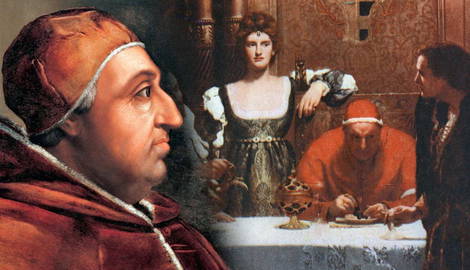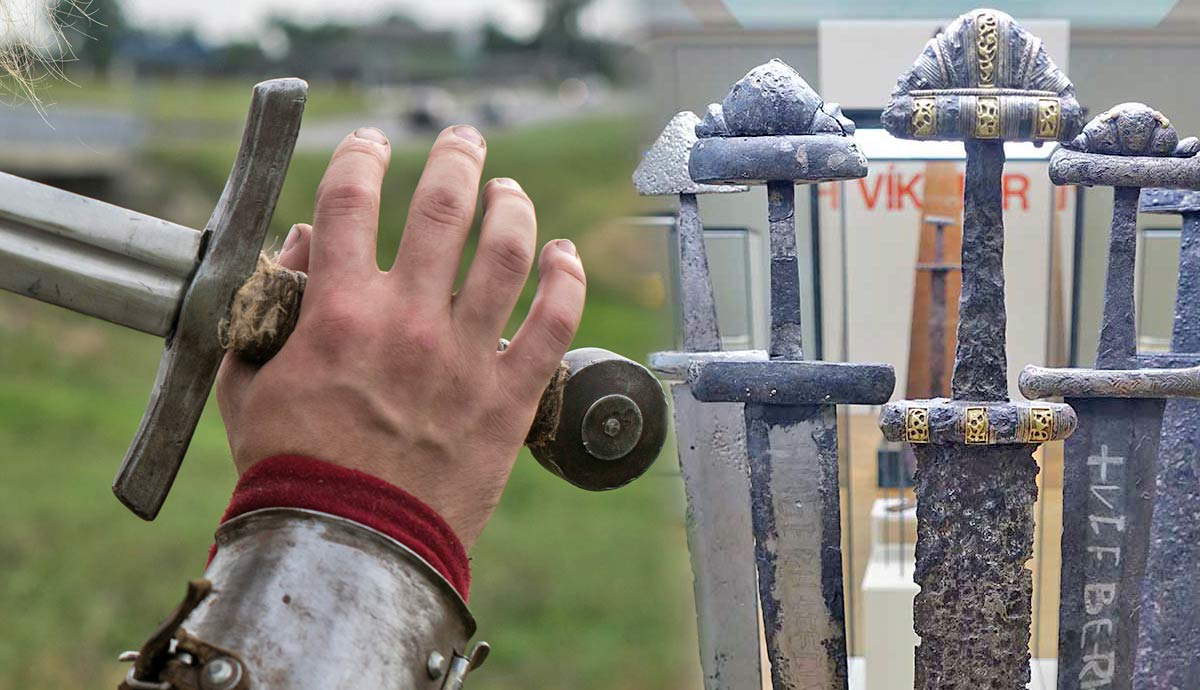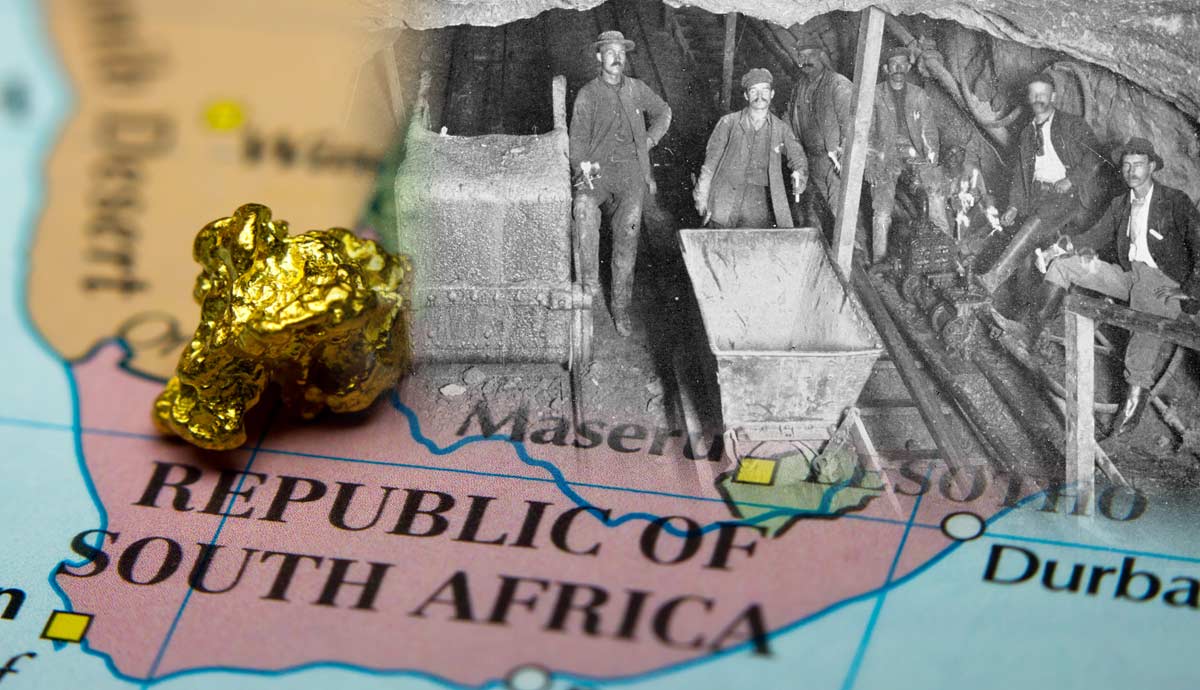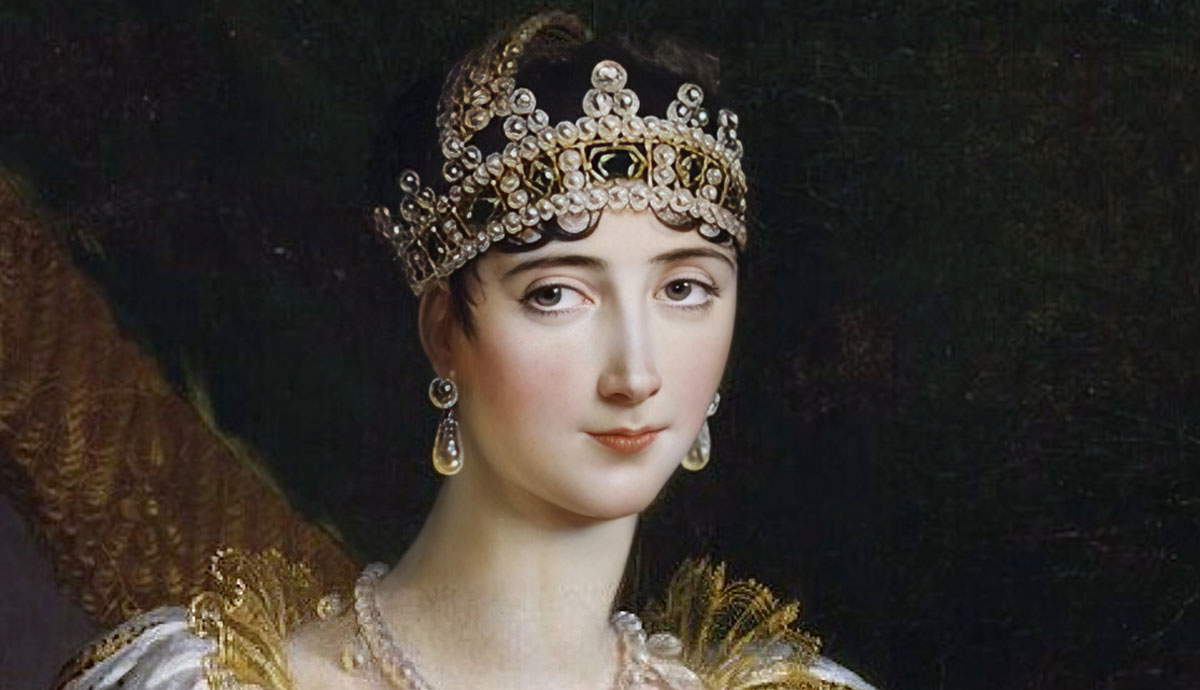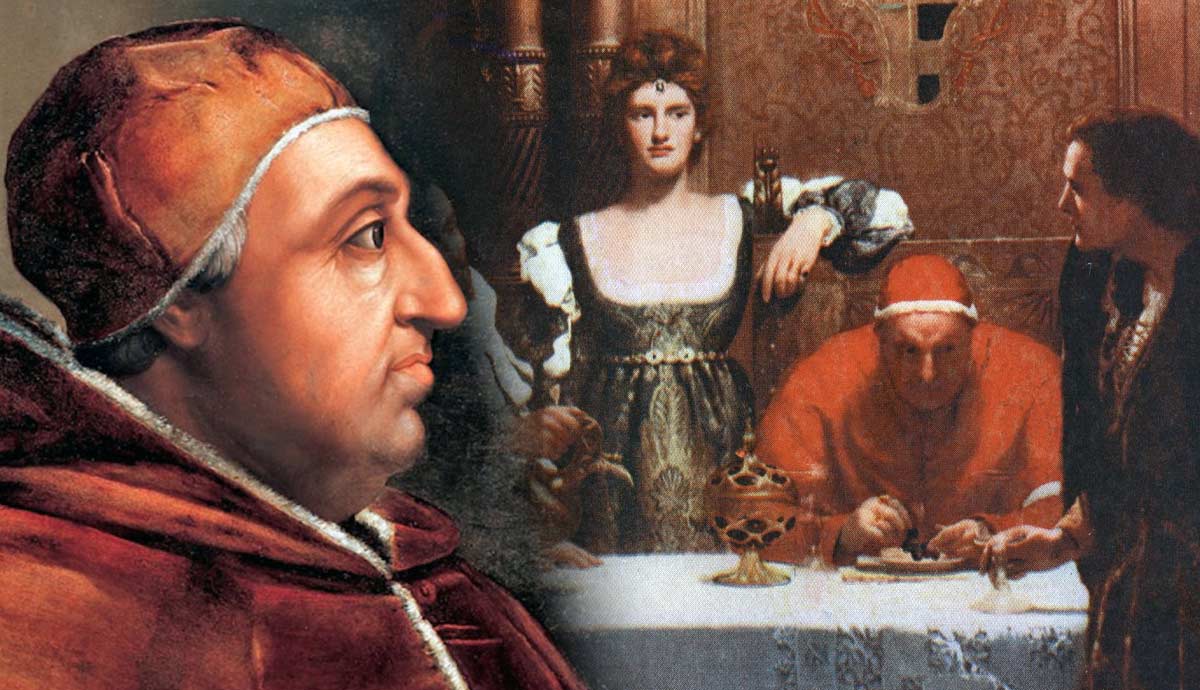
Certainly one of the most controversial popes, Pope Alexander VI was an infamous figure during his time and accrued a host of enemies as a result. He was a corrupt and ambitious figure who used his position to advance his family’s power, leaving a legacy that has drawn much attention from historians as well as the media to the present.
In fact, it could be argued that Pope Alexander VI and his family’s legacy is just as relevant today as it was half a millennium ago.
The Early Life of Rodrigo Borgia

In Xàtiva near Valencia in Spain in 1431, Rodrigo was born into the powerful and prominent Borgia family. Of great importance was his uncle Alfons, a bishop who had plans for achieving significant power within the Church. He supervised the education of the young Rodrigo, and the boy followed in his uncle’s footsteps. In 1444, Alfons became a cardinal, and the following year, Rodrigo began his career in the Church by being appointed sacristan in the Cathedral of Valencia.
Church Life, Scandals, and Mistresses

Rodrigo then traveled to Rome and continued his studies in the Italian peninsula. He studied law in Bologna, and his uncle was elected Pope Calixtus III in 1455, following which Rodrigo was appointed to the rank of cardinal in 1456.
The following year, Rodrigo became the vice-chancellor of the Roman Catholic Church. From this position, he became incredibly wealthy and lived a lavish lifestyle, entertaining powerful and wealthy guests in his villa.
His uncle died in 1458, and Rodrigo helped Enea Silvio Piccolomini become Pope Pius II. Nevertheless, Rodrigo attracted harsh criticism from the new pope after Rodrigo attended a private party that turned into an orgy, although Rodrigo denied the party had descended to such levels of carnality. The truth of the incident remains unknown, but such allegations of depravity would come to feature prominently in the lives of the Borgias. Scandals involving mistresses were a major theme in Rodrigo’s life, and he fathered many illegitimate children. In 1462, his first son, Pedro Luis, was born to an unknown mistress, and the child was sent to Spain.

Several years later, probably sometime between 1466 and 1472, when Rodrigo had taken vows of celibacy, he began a long-standing affair with Giovanna “Vannozza” dei Cattenei, an Italian landlady who owned several inns. From this affair, four children were born—Giovanni or Juan (born in 1474), Cesare (1475), Lucrezia (1480), and Gioffre (1481 or 1482). During this time, Giovanna was married to Domenico d’Arignano and then Giorgio di Croce after d’Arignano died. The first marriage was officiated by Rodrigo, and the husbands were chosen with the knowledge that they would not object to the affair. According to some sources, there might have even been a third husband at some point.
Around 1482, the relationship between Rodrigo and Vannozza ended, but Rodrigo made sure that his former mistress was well looked after and financially supported. However, her children were raised away from her.
Road to the Papacy

In 1464, Pope Pius II died, and a new pope had to be elected. Rodrigo Borgia threw his support behind Pietro Barbo, who succeeded in the conclave to become Pope Paul II, who, in turn, supported Rodrigo’s position. In 1471, Paul II died suddenly, and a new conclave had to be held to select a successor.
While Rodrigo could have run for the position of pope, at this time, he did not have enough support. This was largely due to the fact that there were only three non-Italians in the conclave, and the chances of a non-Italian being elected to the most powerful position in Christendom were very unlikely. So Rodrigo met with other cardinals and gathered support for Francesco della Rovere, who had few connections in Rome. Rodrigo believed that he would be able to maintain political influence over della Rovere.
The ambitious Rodrigo succeeded in his plans, and Francesco della Rovere became Pope Sixtus IV. Rodrigo’s influence grew significantly, and he was made cardinal bishop. He was also appointed as the papal legate for Spain.
After the death of Sixtus IV, Cardinal Giovanni Battista Cibo was elected, allegedly as a result of a backroom deal between Rodrigo Borgia and Cardinal Giuliano della Rovere, who both agreed to support Cibo as a compromise candidate. The two cardinals gathered support for Cibo in return for various benefices, and on August 29, 1484, Cibo was invested as Pope Innocent VIII.
After the death of Pope Innocent VIII in 1492, Rodrigo Borgia was perfectly positioned to take the papacy and, through allegations of simony, was elected as pope by a two-thirds majority.
There was no evidence that bribery had taken place, and nothing could be proven, so Rodrigo Borgia, by the law that stood, became Pope Alexander VI.
A New Pope and a New Mistress

Pope Alexander first turned his attention to the increasing lawlessness that had gripped the city of Rome. The vigorous methods which the new pope used won the support of a grateful populace. Assassinations were rife within the city, and Alexander ordered investigations. Perpetrators were hanged on the spot, and their houses razed. Alexander also won favor by setting aside every Tuesday for men and women to air grievances before him.
During his reign, he also improved the defenses of Rome and supported great architectural works that added to the cultural splendor of the Eternal City.
At this time, the pope was also engaged in an extramarital affair with his next mistress, Giulia Farnese. It is unclear when the relationship began, but it is almost certain to have been before Rodrigo was elected pope. Farnese was married to Orsino Orsini, who was described as being squint-eyed and lacking in any self-confidence. His mother, Adriana de Milà, approved the affair, hoping it would gain her son higher status in the Church. At the time of the wedding in 1489, Farnese was 15, while Rodrigo was 58.
The pope also used his influence to grant major titles and positions to his children at the expense of his neighbors, gaining him significant distrust for nepotism. Cesare was made a cardinal, while Juan became the Duke of Gandia. The pope even planned to carve out fiefs from the Papal States and Naples to create a Borgia state.
In 1497, Juan was murdered, and his body was dumped in the Tiber River. Nothing could ever be proven, but it was suspected at the time that Cesare was the murderer, as the two brothers had had a long-standing rivalry. The Borgias, however, had many enemies, and suspects included the powerful Sforza and Orsini families.
Conflict

The papacy of Alexander VI was one not only characterized by scandal but also by war. Under King Charles VIII’s rule, the French invaded in 1494, pressing the claim on the Kingdom of Naples. The French, however, were eventually forced out of Italy by The Holy League of 1495, an alliance between Milan, Venice, and the Holy Roman Empire, all supported in their endeavor by the pope.
In 1498, after the murder of Juan, Cesare resigned as a cardinal and devoted himself to military matters. He conquered the duchies of Romagna, Umbria, and Emilia. Such was his success that he became the main influence for Niccolo Macchiavelli’s The Prince.
In Rome, Alexander successfully nullified the power of many of his rivals, including the Orsinis and the Colonnas.
The Death of Rodrigo Borgia

On August 18, 1503, Rodrigo Borgia died at the age of 72. Although poison was suspected at the time, the likely cause was malaria. By this time, he had become so unpopular that the priests of Saint Peter’s Basilica refused to receive the body and had to be coerced by papal staff to accept it.
Without their father’s influence, the Borgia children lost their benefactor and most of their influence. Cesare’s endeavors to build a Borgia state in Italy came to naught. He ended up fighting for the King of Navarre and died in the field in 1507. Free from her relatives’ insidious politicking and ruthless intrigue, Lucrezia rose above her family’s reputation and became seen as a respectable duchess after her father’s death.
Pope Alexander VI’s and the Borgia Legacy

Few families in history have elicited such public scandal as that of the Borgias. The family was large, powerful, and incredibly ambitious. Many of the family’s members vied for their own personal legacy, leaving a trail of disrepute in their wake and generating interest from the public, the media, and historians, not just of the era but also of modern times.
The central figure of this interest is Rodrigo Borgia, the second Borgia pope and the father of children rich with wealth and determination. As such, the Borgias were beset by enemies at every turn, who used propaganda to sway public sentiment against the family. It is difficult to determine what is true, what is exaggerated, and what is nothing more than wild fabrication.
One such event that is debated is the Banquet of Chestnuts, held in the Papal Palace and purportedly attended by 50 prostitutes. The account is only attested by one chronicler, Johann Burchard, and modern historians have erred on both sides regarding its veracity.

The enduring perception is that the Borgia name is marred by accusations of scandalous sex, nepotism, incest, bribery, simony, assassinations, and torture, and no amount of patronage to the arts was ever able to redeem the family’s name.
While the Borgia name stands out amongst their contemporaries, it is also certainly true that many powerful people and families used corrupt and immoral means to attain their power. In the messy political scene of Late Medieval and Renaissance Italy, the Borgias can hardly be painted as being singular in their methods. Bribery, simony, sexual depravity, war, and brutality, amongst many other acts, were all commonplace and practiced on a grand scale. In fact, it was du jour for cardinals to have mistresses, and some even engaged in homosexual practices, while the brutality of Cesare’s military campaigns was far from unusual.
The scandalous lives of the Borgias and Pope Alexander VI have garnered great popular interest. They have been the subject of novels, plays, television series, and even video games. As such, Pope Alexander VI has a very strong representation in pop culture to this day.
